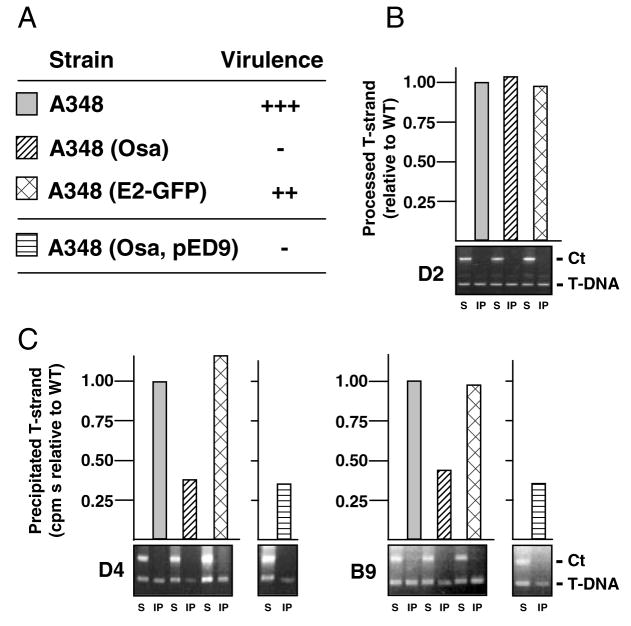Fig. 4. The pSa Osa protein blocks VirD4 receptor access to the T-DNA.
A. Kalanchoe daigremontiana leaves were scored for tumour formation on a scale of no tumours (−) to WT tumours (+++) 5 weeks after inoculation with WT A348, or A348 derivatives producing Osa from plasmid pUCD3960 (Osa) or VirE2-GFP (E2-GFP) from plasmid pXZ66, or overproducing VirB9, VirB10 and VirB11 from pED9.
B. Effects of Osa and VirE2-GFP production on T-DNA processing, as monitored by precipitation of the T-DNA substrate with antibodies to VirD2 from extracts of the strains listed in A. For the QTrIP data presented in the upper histogram, the amounts of T-DNA recovered from the various strains are presented as a fraction of T-DNA recovered from WT A348 (normalized to 1.0).
C. Effects of Osa and VirE2-GFP production on T-DNA transfer. Lower panels: TrIP data showing amplification of ophDC (Ct) and gene 7 (T-DNA) fragments from soluble fractions (S) and immunoprecipitates (IP) with antibodies to VirD4 (left) or VirB9 (right). Upper panels: QTrIP data showing levels of T-DNA recovered from the various strains.

